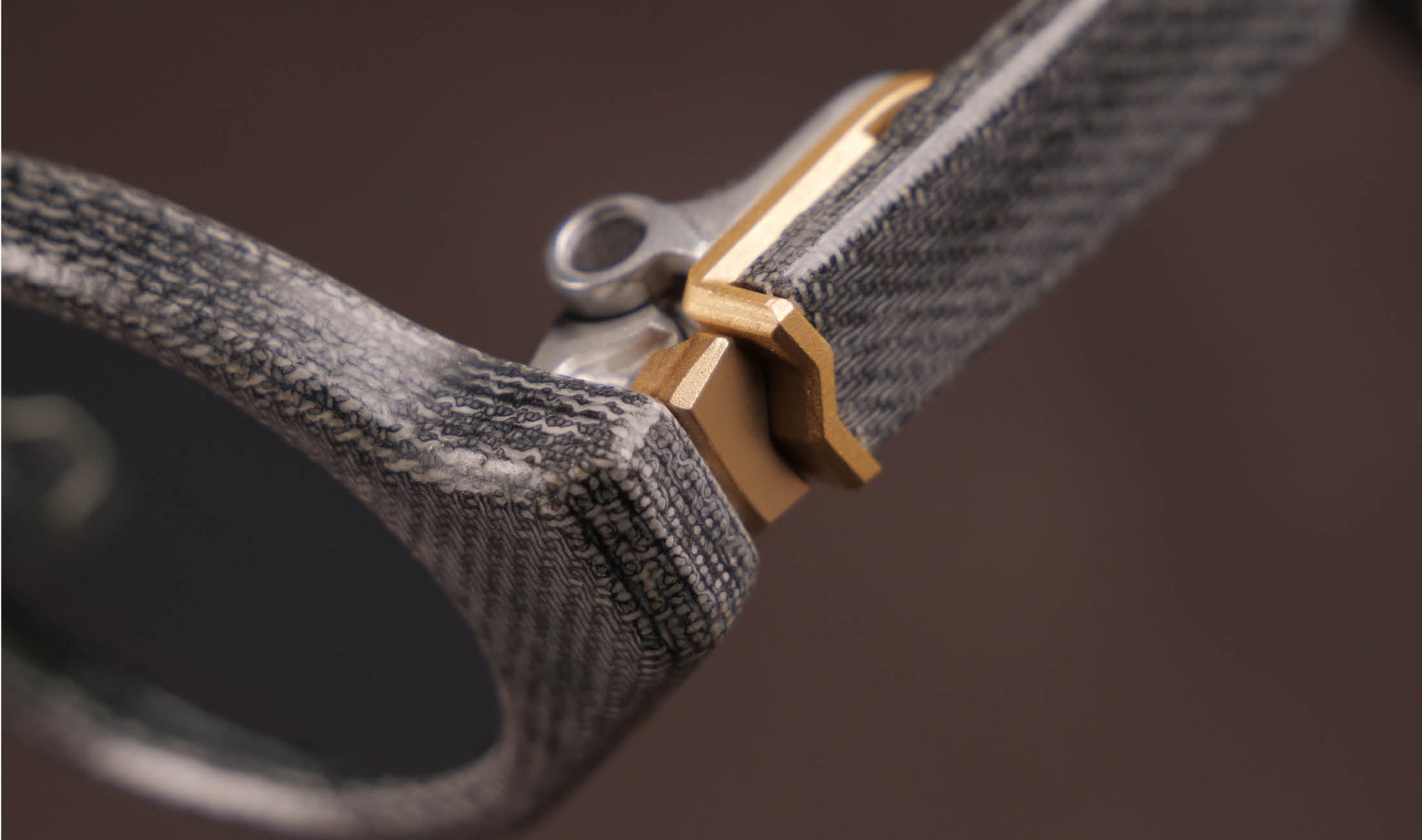
Journal 8: Unusual Composites & The Spruce Goose
By Mosevic Eyewear
Did you know that some of the earliest examples of composite materials can be traced back to the Mongols, who used a combination of materials to craft their scarily effective bows?
What about the plane made from composite materials in the 1940s that only flew for 30 seconds, but nevertheless changed the aviation landscape?
For this week’s journal entry, we thought we’d rocket ourselves back down to earth, to explore something you most likely interact with on a daily basis; no, not Taylor Swift’s latest album re-launch, but, in fact, composite materials.
Hold back that yawn, reader. The history of composite materials is quite the trip, so we don’t think you should judge this book cover too soon.
Before we delve deep into the past, it’s probably best to begin by briefly explaining what composite materials actually are.
So what are composite materials?
A composite material is produced by combining two constituent materials together. The best traits from both materials combine to create something stronger/better than their individual selves, without losing their own identity in the process (show-offs).

(image credit: NASA Image of Glass Reinforced Aluminum (GLARE) Honeycomb composite sandwich structure, http://ballistics.grc.nasa.gov/Photographic%20Data/Images/glare_honeycomb.jpg January 2007)
What's that? You want more detail? Say no more!
Composites are made from two things: a man-made or natural fibre, and a polymer matrix. The matrix protects the fibres from external damage, and the fibres add strength, which reinforces the matrix. A match made in heaven.

(Image credit: Scientific Figure on ResearchGate. Available from: https://www.researchgate.net/figure/1-Formation-of-a-composite-material-using-reinforcement-fibers-and-matrix-resin_fig1_328065074 [accessed 3 Nov, 2023])
Resin is commonly used as the matrix. Many will be familiar with carbon fibre, which is carbon reinforced with a plastic resin. The resulting composite material is extremely strong and is used to make things like aeroplanes, boats, fishing rods, bicycles, helmets, your nan’s golf clubs. The list goes on.
All kinds of composite materials are now used extensively across myriad industries, from architecture and transportation to art installations and sports equipment. And of course the reason for this journal article in the first place, in Mosevic’s handmade hardened denim sunglasses, too.
But even before their universal popularity, simple forms of composite materials were used throughout history, with some of the earliest iterations dating back to the BCs.
Early examples of composite materials:
Though modern sounding, composite materials can be traced back over 5,000 years. Around 3,500 BC, Ancient Mesopotamians used strips of wood glued at different angles to make plywood. By 1500 BC, Mesopotamians and ancient Egyptians were mixing mud and straw to create an early form of brick, which they used to build structures and reinforce things like pottery.
Skip forward a few thousand years, and the Mongols were combining animal glue with bamboo, bone and silk to create powerful bows; this unrivalled weapon was the most powerful tool of war at the time and was only surpassed by the invention of gunpowder in the 14th century. Mind blowing.

(image credit: Core77 accessed via https://www.core77.com/posts/27213/a-brief-history-of-unusual-objects-designed-to-kill-people-from-far-away-part-1a-the-mongol-bow-27213 3rd November 2023)
It was in the 20th century that synthetic resins began to gain momentum, and by the 1930s, American chemical companies were manufacturing polyester resin for the first time. Fiberglass also came onto the scene around this time; this material, when combined with resin, created a fibre reinforced polymer, a material that changed the manufacturing landscape, and was fundamental to national war efforts during WWII. So much so that, in response to the shortage of materials at the time, the US Spruce Goose was born.
What is this Spruce Goose you speak of? I thought you’d never ask.
The Spruce Goose

(image credit: Evergreen Aviation & Space Museum accessed via https://www.evergreenmuseum.org/exhibit/the-spruce-goose/ 3rd November 2023)
In response to the demands of WWII and the shortage of materials like aluminium and steel, American engineers led by an airplane designer and a steel magnate, invented a giant seaplane intended to transport soldiers and supplies. This seaplane – the Spruce Goose – was made entirely of a composite comprised of birch and resin, which was then laminated together.
The Spruce Goose was a monster of a plane, weighing 300,000lbs (empty) with a wingspan of over 319 feet. It took over five years to finish, by which point the war was over and the need for the Spruce Goose had gone. It flew for a total time of thirty seconds, in 1947, and never flew again.

(image credit: Evergreen Aviation & Space Museum accessed via https://www.evergreenmuseum.org/exhibit/the-spruce-goose/ 3rd November 2023)
It was nevertheless an engineering feat, and it continues to be used as a source for sea boat innovation today.
Which brings us to denim sunglasses.
These innovative uses of composite materials provided the backdrop to Jack’s own creation of a composite material which we use to create Mosevic’s unique sunglasses.
Over a decade ago, Jack was making a kite board by infusing glass fibres with resin to create a durable but lightweight material. It was from this that he wondered what other materials could be infused with resin that shared similar qualities.
Enter, hardened denim.
Our handmade frames are made by infusing denim with resin. This creates a hardened denim, similar to carbon fibre, without the carbon. The combination of a fabric like denim, linen or canvas, mixed with a resin, is often referred to as Micarta, and though only a few known examples of denim mixed with resin exist in the world, we think how we do it creates an incredibly durable, lightweight, unique material which we handshape into eyewear perfection.
Without the Egyptian bricks, Mongol bows, the Spruce Goose and every composite innovation in between, we wouldn’t have had a story to tell about composite materials to tenuously link to what we do, here at Mosevic. No, but seriously – we think composite materials display human innovation at its best, and we are proud to play a small part in expanding the landscape of what is possible with the materials we have around us.
Until next week-ish.

